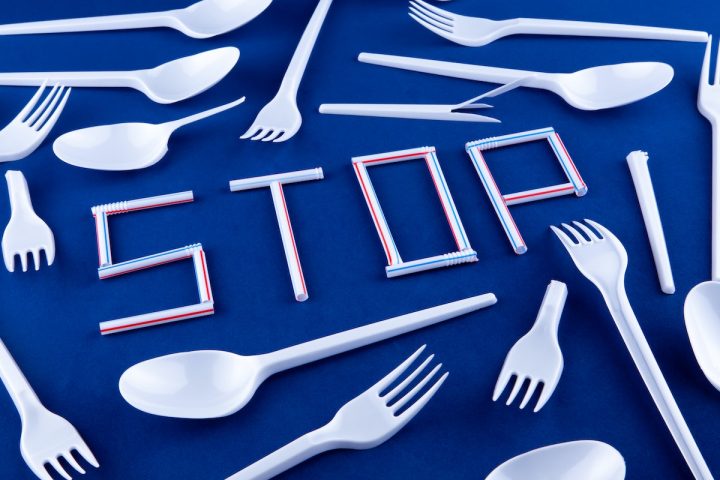EU Bans Single-Use Plastics

Fact-Checker: The Fake News about Paper [Infographic]
June 29, 2021
Five Amazing Hand-Lettering Artists to Follow
July 7, 2021
As of July 3, 2021, the European Union has banned single-use plastics. This is a huge step forward in the bid to reduce plastic waste going to landfill and ending up in our oceans and – eventually – the food chain.
Naturalist Sir David Attenborough has done much to raise the issue of plastic waste, thanks to his ground-breaking TV series Blue Planet. In it, he highlighted that eight million tonnes of plastic waste end up on the world’s oceans every year.
It’s a shocking statistic – but perhaps not as shocking of the images of oceans contaminated with plastic and the terrible effect it is having on marine life. Since then, environmentalists have worked to capitalise on the growing awareness of the problem to drive forward positive behavioural and legislative change.
The effort to reduce waste
In an earlier Business Optimizer blog, we highlighted how the city of San Francisco had managed to reduce the proportion of its waste going to landfill to just 20 percent. This compares to a USA average of 65 percent of waste going to landfill.
San Francisco achieved this by banning hard-to-recycle items, such as single-use plastic bags and polystyrene packaging. The city offers a powerful demonstration of the impact that positive policies can have.
We argued that, were these policies to be implemented on a national scale, the impact could be huge. Now the European Union is going one better – and implementing similar policies on a multi-national scale.
The largest single market in the world is now banning ten of the most common single-use plastic items across its jurisdiction.
What is going to change?
As of July 3, 2021, the Directive on Single-Use Plastics bans the sale and use of single-use plastics in:
- Cotton bud sticks
- Cutlery, plates, straws and stirrers
- Balloons and sticks for balloons
- Food containers
- Cups for beverages
- Beverage containers
- Cigarette butts
- Plastic bags
- Packets and wrappers
- Wet wipes and sanitary items
Together, these ten types of single-use plastics, together with fishing gear, account for 70 percent of the marine litter in the EU. By banning these items, the EU will make a hugely significant contribution to the health of our oceans and the problem of plastic waste.
Additional initiatives will follow, including awareness-raising measures targeting consumers and businesses as well as targets for the inclusion of recycled materials in plastic bottles – beginning with 25 percent of recycled plastic in PET bottles by 2025 and 30 percent in all plastic bottles from 2030.
It’s a fantastic example of government acting to solve one of the most pressing sustainability challenges facing us and our planet. We hope more nations will follow suit.
Want to know more?
Read our blog on how to switch the plastic for paper.
Find out about the innovative food and beverage manufacturers who are introducing more sustainable packaging.
And discover why paper is a better alternative to plastic.



